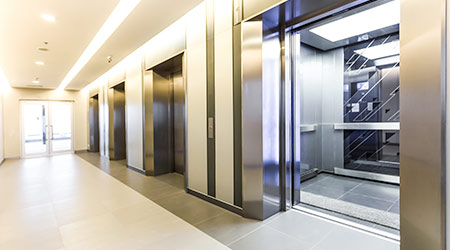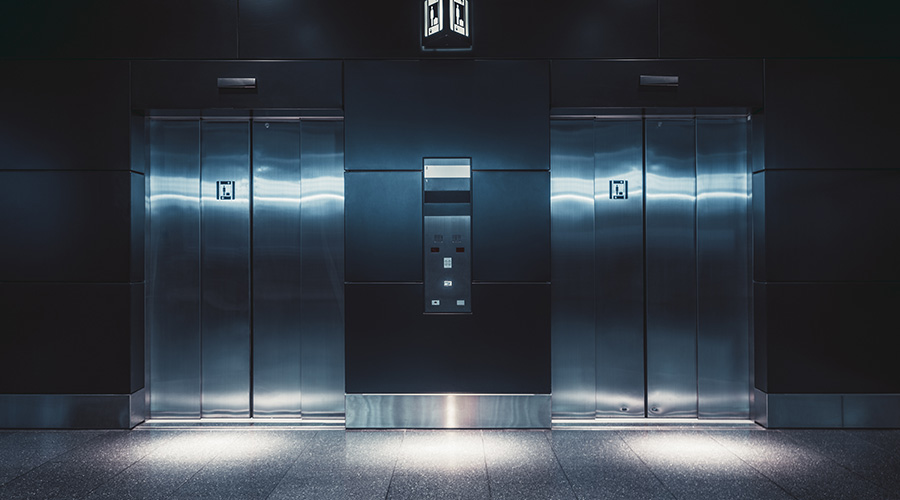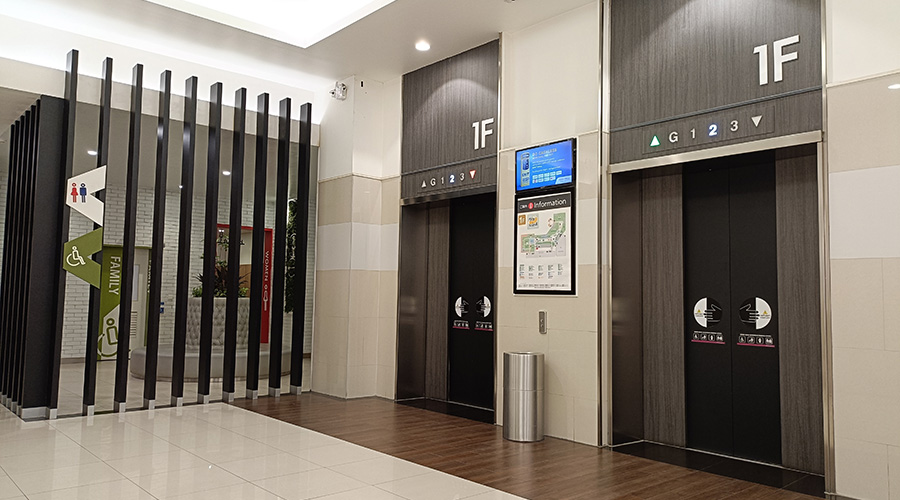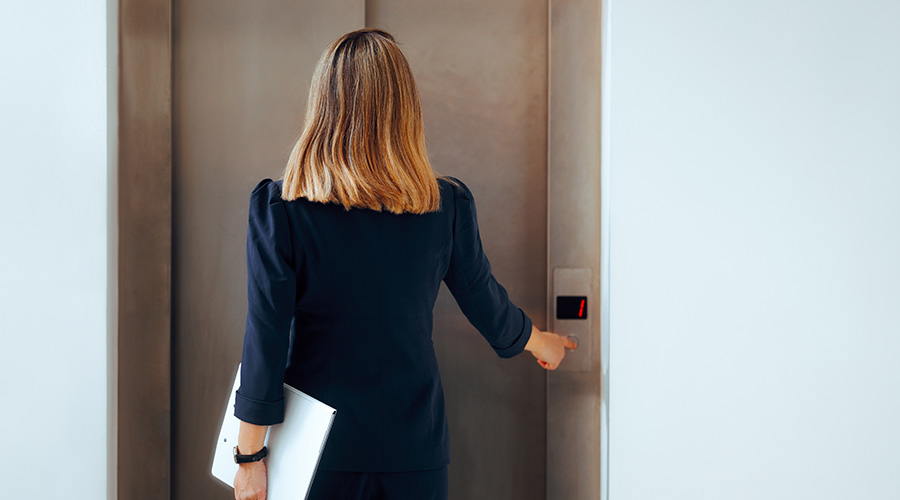Retrofitting Elevators for Energy Efficiency: Pros and Cons
There are a number of pros and cons to retrofitting an elevator for energy efficiency. In most cases, it makes sense to consider energy efficient technologies when an elevator repair or modernization is already planned. “I would say that you would never change out an elevator for the purpose of energy saving, but if you are changing elevators to increase dependability, reliability, (and) safety, or due to obsolete, unrepairable equipment, then you would certainly look at the different efficiencies of what (technology) is currently available,” Swett says.
After all, a modernization can easily hit six figures. The typical modernization consists of reconditioning the hoist machine and replacing many of the components of the elevator system, including the cars, controller, motor drive, door operator and related hardware, and the hoistway wiring, Popp says.
Popp notes that replacing, rather than reconditioning, the hoist machine can add up to $50,000 to $75,000 to the cost of each car, depending on the amount of reconditioning needed. It’s difficult to recoup this investment on energy savings alone. So if the machine is in good shape, has been well-maintained, and needs only minor work to allow it to operate safely for another 10 to 15 years, it generally makes sense to retain and recondition it, he says. (With machines from before the 1960s, replacement generally is more cost-effective, Popp adds.)
Another consideration: If the drive is replaced, the computer controls almost always need to be replaced as well, Popp says. Otherwise, it’s unlikely the software in one piece of equipment will be able to communicate with the other.
Moreover, elevator modernization can take nearly a year, including time to develop and review the design drawings, and manufacture and ship the equipment, Ernst says. During that period, the elevator will be out of commission for about 15 to 16 weeks.
The decision to undertake an elevator modernization can also lead to additional renovations to bring everything up to current fire, life safety, and building codes, Popp notes. Facility managers need “to understand what, if any, additional related building work may be required by the local code-enforcing officials for acceptance of the elevators at the completion of any modernization.” One example: The code might specify a certain fire resistance rating when replacing interior finishes. With that knowledge, the total cost of the modernization is understood up front, he adds.
In the future, even more efficient elevators are likely. One company is introducing solar elevators, Hulgan says. Solar panels installed on the top of the hoist way will generate power to run the elevator. In areas that don’t get a lot of sun, another form of energy will supplement the solar power. “The elevator industry is always trying to get to a point of maximum efficiency,” says Hulgan. n
Karen Kroll, a contributing editor for Building Operating Management, is a freelance writer who writes extensively about real estate and facility issues.
Related Topics:














